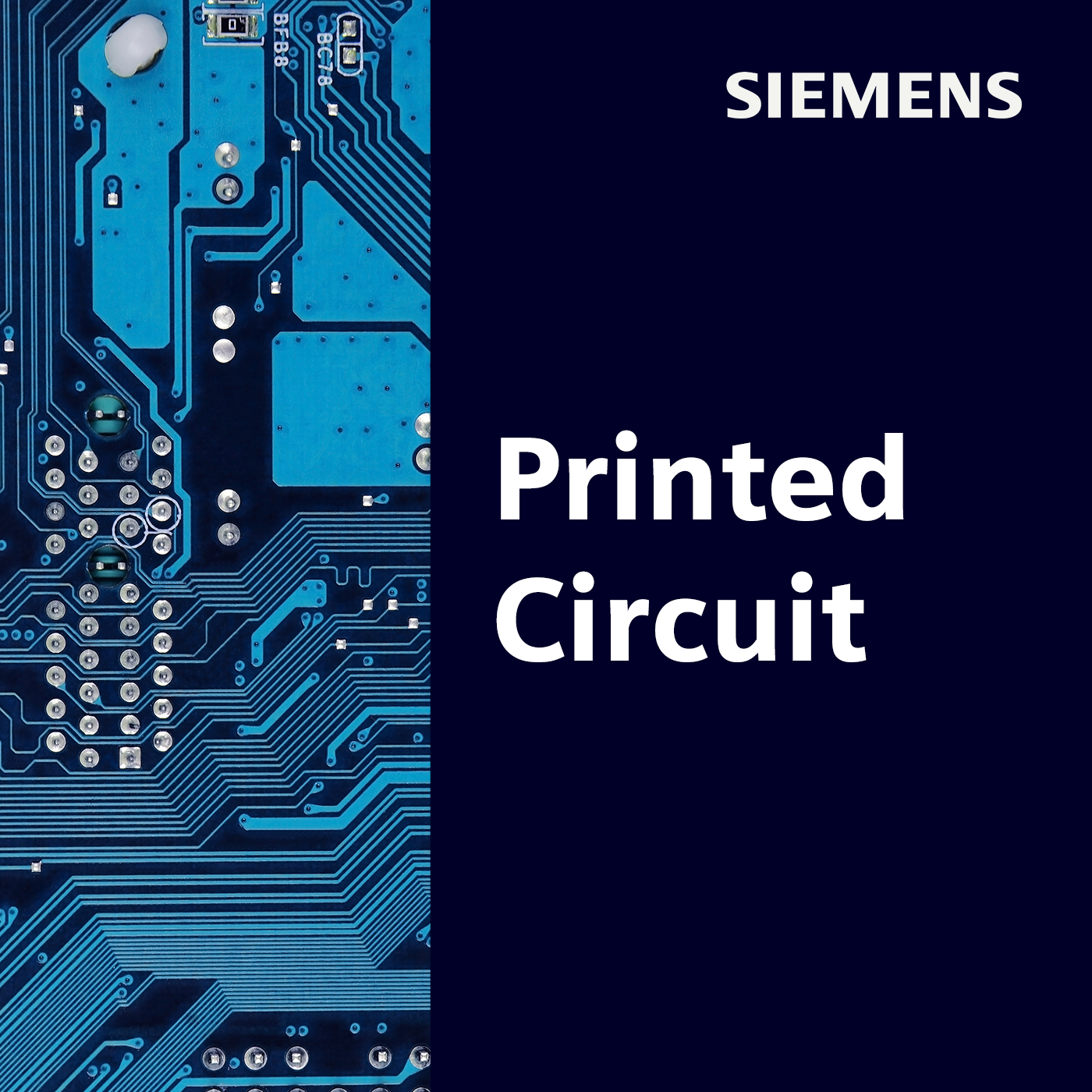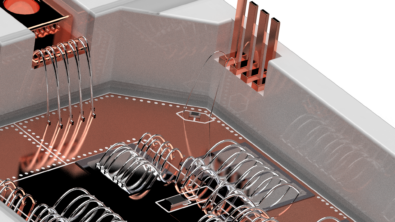Exploring rigid flex PCB design

Traditional printed circuit board (PCB) designs frequently encounter constraints in space optimization and weight reduction, particularly in compact electronic devices. However, by seamlessly integrating rigid and flexible PCB elements into a unified entity, rigid flex PCB design presents a revolutionary solution for electronic system architecture.
I’m your host, Steph Chavez, and today, we dive deep into the fascinating realm of rigid-flex PCB design. Joining me is Tara Dunn, Director of Training and Education for SMTA. Together, we’ll unpack the intricacies, challenges, and opportunities surrounding rigid flex PCB design.
In this episode, you will learn about the transformative potential of rigid-flex PCB design in optimizing space, reducing weight, and enhancing overall system performance in electronic devices. Additionally, you’ll discover key insights into cost considerations, practical implementation strategies, and the importance of continuous learning and networking in mastering rigid-flex engineering.
What you’ll learn in this episode:
- The challenges and best practices for designing flex and rigid-flex PCBs. (3:17)
- Rigid flex vs. standard connectors in electronics design. (7:13)
- The importance of intentional learning for printed circuit engineers to develop their rigid flex PCB design skills. (13:10)
- The value of building professional networks and connecting with industry experts. (15:47)

Tara Dunn
Director of Training and Education, Surface Mount Technology Association (SMTA)




